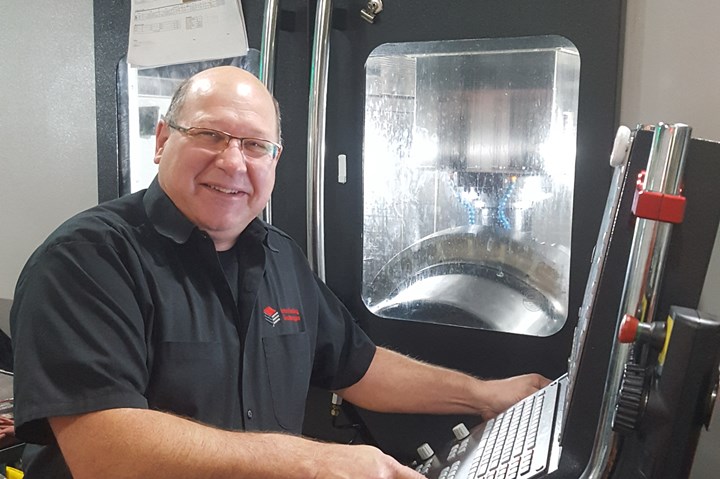How a Mold Builder Can Implement Industry 4.0
Properly planning the implementation of an Industry 4.0 system will yield short lead times, an improved bottom line and a more efficient shop floor.

Current EAB member Robert Graup shares his thoughts on how to implement Industry 4.0 in a tool shop.
When Intex integrated the Smart Attend Smart Manufacturing system into our shop, we experienced an instant transformation in the way we conduct business. Today, we can provide our customers with more information and data faster than ever before. The result of this has been a decrease in critical tool build lead times, an improved bottom line and a reorganization of our shop floor to better address gaps in production.
We hope this insight about implementing Industry 4.0 will help others understand why this system is now a requirement for our business to operate.
However, this result was only possible through proper planning. Planning to implement an Industry 4.0 system may appear to be a daunting task, but to this day the value it has brought to our company is unparalleled. Similar to the enterprise resource planning (ERP) revolution in the 2000s, it is difficult to imagine any company today operating without an Industry 4.0 system.
Here, I want to share three critical steps in our process for successfully implementing Industry 4.0. We hope this insight will help others understand why this system is now a requirement for our business to operate.
- Know your problems, know your solution—This is perhaps the most important starting point for the process. Many times, the change management involved with the system can appear to be more daunting and serve as a distraction to the proposed end goal. The workforce must be aligned with the reason the company is trialing the system so that the team can overcome challenges and share a willingness to change to a new process.
- Pick a supplier to join your “steering committee”—Establish a steering committee comprising different team members who represent the various departments throughout the business. From there, communicate with your supplier and request their involvement with the higher level decisions from the internal steering committee. This process will help your team feel a part of the decision-making and allow your supplier to forecast any changes or challenges on the horizon.
- Maintain honesty and a positive attitude—This was our first rule at Intex. We did not set out to use this system to police the workforce. Our system (Smart Attend) excels at scheduled and live machine analytics, so that is where the team spends its energy. Our system reports on our timelines, machine status and many other parameters that we display across the shop floor as a tool to support one another to meet critical deadlines.
Good luck with your new Industry 4.0 rollout!
Related Content
-
Dynamic Tool Corporation – Creating the Team to Move Moldmaking Into the Future
For 40+ years, Dynamic Tool Corp. has offered precision tooling, emphasizing education, mentoring and innovation. The company is committed to excellence, integrity, safety and customer service, as well as inspiring growth and quality in manufacturing.
-
MMT Chats: Solving Schedule and Capacity Challenges With ERP
For this MMT Chat, my guests hail from Omega Tool of Menomonee Falls, Wisconsin, who share their journey with using enterprise resource planning (ERP)—and their people—to solve their schedule and capacity load monitoring challenges.
-
The Role of Social Media in Manufacturing
Charles Daniels CFO of Wepco Plastics shares insights on the role of social media in manufacturing, how to improve the “business” side of a small mold shop and continually developing culture.










